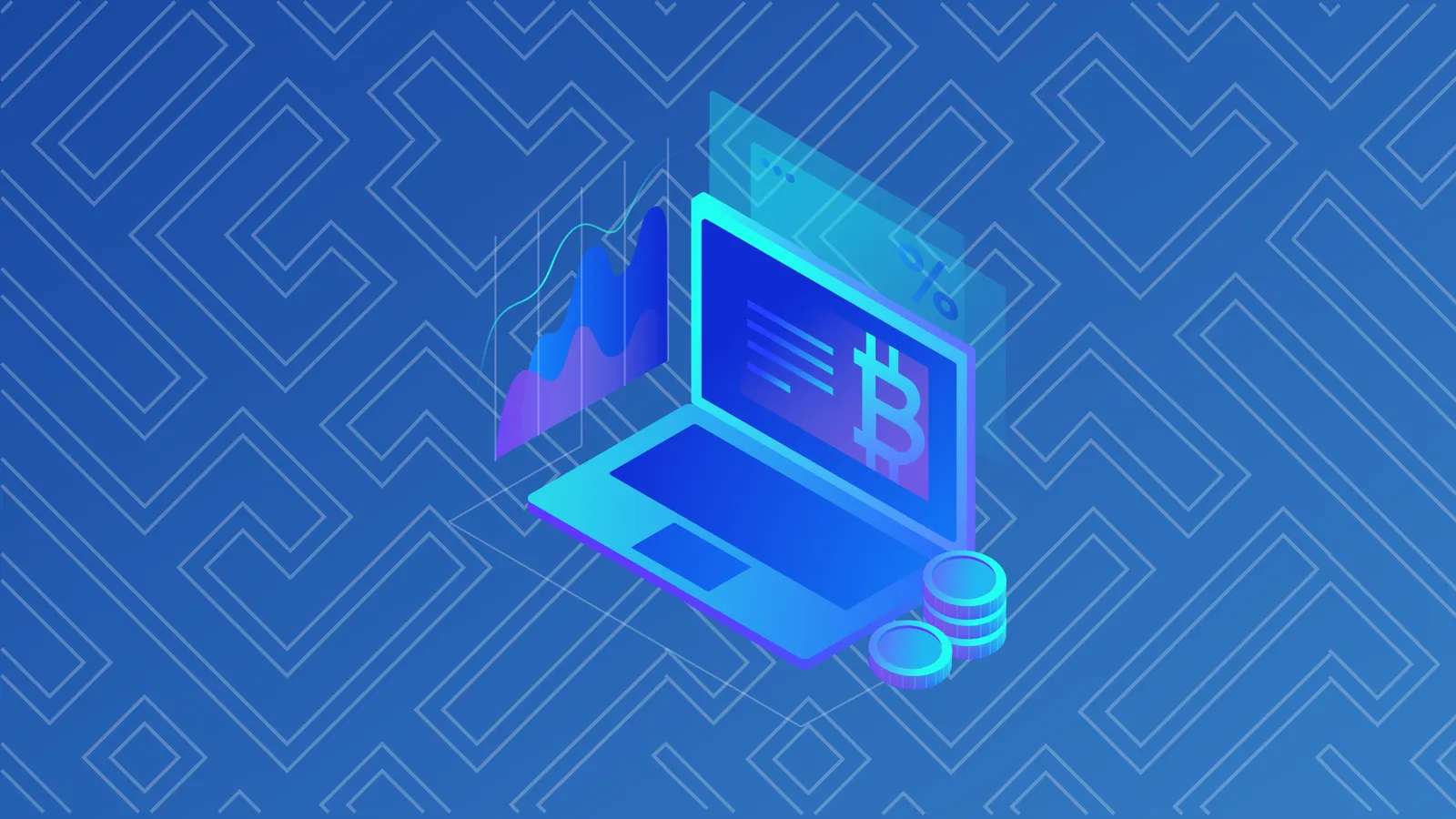In traditional finance, government-controlled monetary policy issues currency, sets interest rates, and controls currency supply. Cryptocurrency has changed this. Individuals can create their own micro-economies. Tokenomics essentially takes what central banks use as monetary policy and apply it in blockchain networks.
Here’s how.
What is tokenomics?
Tokenomics is the science of the token economy. It covers all aspects involving a coin’s creation, management, and sometimes removal from a network.
The tokenomics of a project will typically consider five key factors:
- Minting - how does a project create tokens.
- Utility - what are those tokens for.
- Distribution - how are tokens allocated.
- Vesting and release - how are locked tokens released over time.
- Token burns - how are tokens taken out of circulation.
We break down each of these concepts below.
Did you know?
The idea of the token economy was propounded first by the Harvard psychologist B.F. Skinner in 1972. He believed a token economic model could control behavior. Giving some unit of recognizable value would incentivize positive actions and vice versa.
Minting and Token distribution
Projects need a mechanism that allows them to distribute the tokens they have created. If not, the network can exist but no one will be able to use it!
There are different ways this can be achieved. The networks reward validators, or miners, with newly minted coins; others sell a portion of the token supply to prospective users in an initial coin offering(ICO). Although this method has falled out of favour, due to regulatory changes.
Other tokens distribute to users via certain actions and behaviours. Augur for example, rewards people for verifying facts on its betting network. Proof of stake chains meanwhile, distribute tokens to validators who help process transactions.
Vesting and release
Cryptocurrencies are notorious for their volatility. Large fluctuations in price can cause spikes in activity, which in turn can slow a network down if there aren’t enough tokens available on the market.
Projects can combat this by ensuring there are enough coins to match the levels of supply. This can be seen on token tracking websites by a measure called “tokens in circulation” or “circulating supply”. It’s an indicator of how many coins are available, and will also have details on the limits of the token supply.
Bitcoin, for example, will only ever have a token supply of 21 million.
This can be used to create stability, or create inflationary or deflationary price pressures depending on the preferred tokenomics of that project.
Utility / Governance
The core team behind each project devises the rules by how tokens are created, or ‘minted’, as well as how they are injected into, and taken out of, the network. Different projects take different approaches.
Some projects can include tokens held in reserve which can be added into the ecosystem at a later point, as a way to promote growth or to pay for system maintenance. Ripple is a good example of this.
Other projects meanwhile take a deliberate hands-off approach to how the network works.
A stablecoin like Tether however, will periodically 'burn' tokens to help regulate the coin's value in the marketplace. The act of burning happens when currency is sent to a wallet that no one knows the address.
Did you know?
Although the term ‘tokenomics is used within the industry, it has yet to receive widespread recognition. The Oxford English Dictionary, widely accepted as the main authority on the English language, still doesn’t have an entry on tokenomics.
Did you know?
Although the term ‘tokenomics is used within the industry, it has yet to receive widespread recognition. The Oxford English Dictionary, widely accepted as the main authority on the English language, still doesn’t have an entry on tokenomics.
Tokens as governance
Some networks incentivise people to own, hold and use tokens as a way of preventing people from HODLing coins and preventing the network being used as it was designed.
Proof-of-Stake (PoS) systems, which rely on validators to actually ‘stake’ their own coins, helps ensure they act honestly and fairly. If they don’t play by the rules, their tokens can be forfeited.
Many projects also create voting structures that allow token holders to vote on which way the project will go next. Decentralized projects like DASH, MakerDAO and Decentraland all rely on this model to shape their development.
Future adaption
Most teams building a network won’t go on to be its rulers. That’s not how decentralization works. However, most developers know that what they build now may not necessarily work in the future. The way in which tokens are governed may need to be altered as the network grows and matures. Some, but not all, have come up with provisions to how network users can effectively change the way tokens are managed within the ecosystem through consensus.
Examples of tokenomics in action
Satoshi Nakamoto designed the protocol so that a steady stream of tokens can enter the network through block rewards. After a block has been successfully validated by a ‘miner’, they receive newly minted bitcoins. A further 101 blocks have to be confirmed before the miner has access to their reward; this incentivizes them to continue validating transactions. The amount of tokens rewarded for each validated block halves overtime, to stop too many bitcoins entering the network at any one time.
Tokens are continually distributed by block rewards. The project sold approximately 7m Ether during its ICO back in 2014 to help kick-start mainstream adoption. There is currently no hard cap on Ether, meaning that the token supply can continue to grow as the network expands. Since Ethereum transitioned to a proof-of-stake consensus algorithm, miners have been replaced by validators and staking pools.
LINK
Link is the native token of Chainlink, a decentralized oracle in Web3. Its token is mainly used for development purposes. Developers pay with LINK to use Chainlink’s oracle infrastructure of Chainlink. Other users may buy, hold and stake the tokens in return for a rate of return typically states as an amount of interest.
Why is tokenomics important?
Blockchain technology enables projects to create micro-economies. To become self-sustaining, they need to figure out how tokens should work within their ecosystem.
There can be ‘no one size fits all’ attitude when it comes to tokens. Blockchain has enabled a diverse range of use cases and implementations. Tokenomics enables teams to create a new or adapt an existing model that works with what the project wants to achieve. This can create a high-functioning and stable platform, if done well.
The future
The principles, philosophies and models by which tokens, coins and the projects they underpin are still in the early stages of understanding what works, and what doesn't.
The collapse of the Luna stablecoin in 2022 is a useful example here. The algorithmic stablecoin worked for the most part, until certain market conditions meant the model collapsed in on itself. How quickly projects can learn from their mistakes will play a key role in the future development of tokenomics.
Regulators are also playing a significant role in how tokens behave. In the United States, a number of projects have fallen foul of regulatory rulings that has meant they had to repay investors. Telegram’s ‘Gram’ cryptocurrency is a famous example.
But for the projects that manage to create a tokenomics model that is sustainable both economically and from a regulatory perspective, a bright future awaits.
This article was originally published on January 6, 2019 and was last updated on September 19, 2023.






